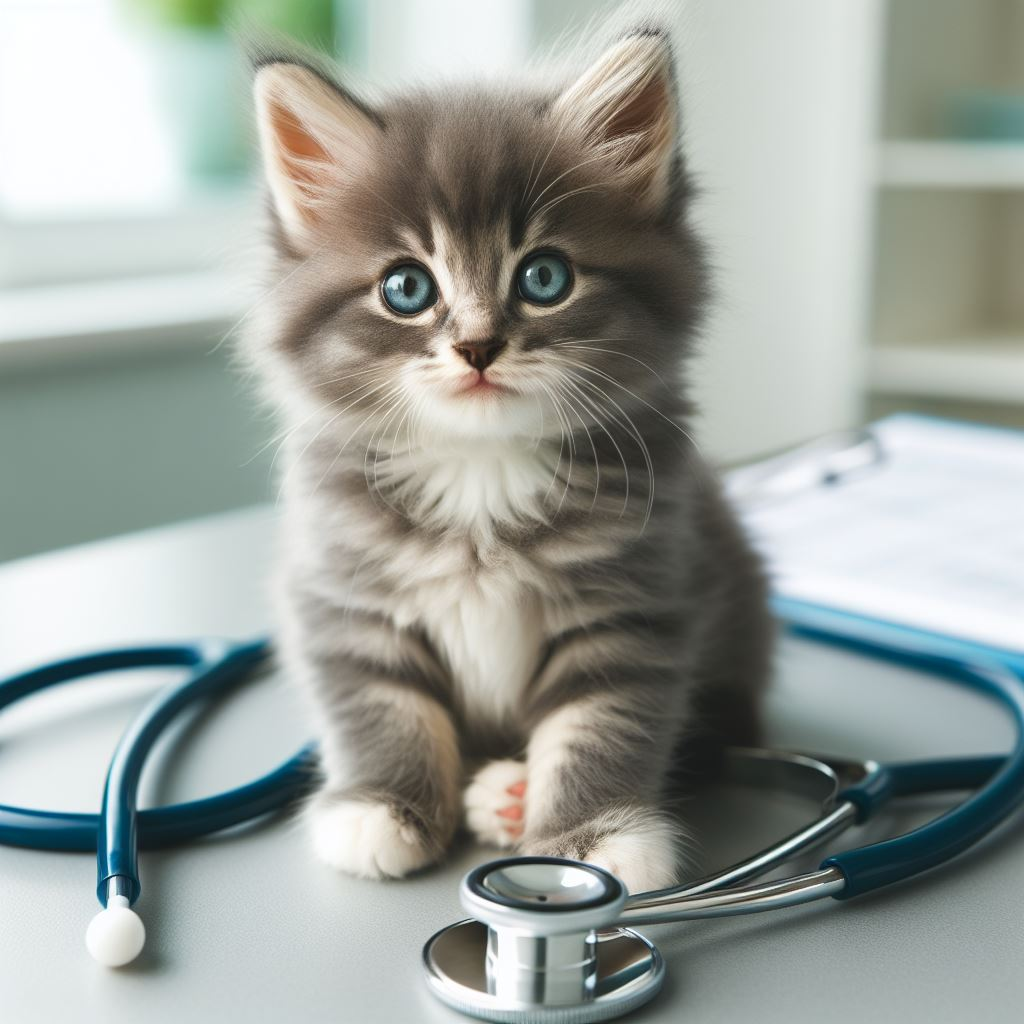
Ragdoll Kitten Costs
So, you’ve fallen for the sparkling blue eyes and fluffy fur of an adorable Ragdoll kitten. I don’t blame you – they’re irresistible! But before you pick one up from a breeder, let’s chat about what caring for one of these affectionate furballs really costs. I’ve been there and learned the hard way that those initial purchase fees are just the tip of the iceberg.
My wife Emily still teases me about impulse buying our first Ragdoll, Marley. He peered up at me with those soulful eyes in the cattery and next thing I knew, $1500 had vanished from my bank account! Marley was worth every cent, but providing for a living creature gets pricey. Between quality food, medical bills, grooming supplies, and emergency funds, pet parenting is an investment.
So bookmark this guide, look over the key costs, and make sure you’re prepared before signing on the dotted line. Once your new kitten is settled into its forever home, you’ll have peace of mind knowing finances are covered.
Brace Yourself: Initial Costs Add Up Quickly

The first trip home from the breeder turns costly fast. Between all the gear, medical appointments, and essential supplies, you’ll drop some serious cash right off the bat.
- Purchase Price – $1000 to $2500: Selecting quality lineage from an ethical, licensed cattery impacts the initial fees. Meet the parents in a clean environment before committing.
- Medical Exams & Care – $100 to $500+: Those first vet visits ensure your kitten starts off healthy. Vaccinations, flea meds, and spay/neuter surgeries protect them in the long term but drain their wallets quickly.
- Essentials & Toys – $100 to $200: From plush beds and climbing towers to sparkly balls and catnip mice, shop smart but don’t skimp on entertainment. An engaged kitty is a happy one!
Take my word for it – skipping corners here often leads to bigger bills later. Investing in preventative healthcare keeps your kitten frisky for years to come. Those climbing towers also save your drapes from being shredded to bits! And remember to keep socking away cash for emergency funds…
Initial Cost Total = $1200 to $3000
Monthly Expenses: Let the Nickel and diming Commence
Once you’re all settled at home, the recurring monthly costs continue. Food, litter, grooming accessories and incidentals add up faster than you’d think. My wife jokes we should just get our paychecks directly deposited to the veterinarian some months.
I still remember the shocking $800 bill after Marley drank chocolate milk and needed emergency detox treatment. He looked up at me after like, “Thanks for fixing me, dad! What’s for dinner?” Little brat.
Anyway, here’s what to expect budget-wise for monthly care once your kitten is home:
- Quality Food – $50+: Don’t skimp on nutrition! Premium brands with high protein prevent costly obesity or digestion issues.
- Litter & Litter Box Supplies – $25+: Stock up on odor-fighting litter and scoop those nuggets out daily to keep boxes fresh.
- Toys & Replacement Scratchers – $15+: Keep your furball entertained and furniture protected with replacements when those scratchers wear thin.
- Grooming Tools – $20+: Regular brushing prevents nasty hairballs and matting of that luscious fur.
Estimated Minimum Monthly Total = $110+
And that’s not even counting medical issues or surprise incidents – both of which are inevitable! Just be prepared, financially and mentally, to take the rough with the fluffy.
Annual Costs: Budgeting for Continued Care
In addition to monthly expenses, some annual healthcare costs recur to keep your kitten smiling bright.
- Vet Checkups – $100+: Get those annual checkups to catch minor issues before they become major (and pricey!).
- Vaccines – $60+: Stay current on all shots to fend off nasty diseases down the road.
- Parasite Medications – $100+: Protect against those pesky fleas, ticks, and heartworms that plague many cats.
- Pet Insurance – $200+: Is pet insurance worth it? I vote yes after seeing my $800 emergency bill for Marley’s chocolate milk incident. Even a budget policy covers costly accidents.
Estimated Yearly Total = $460+
See what I mean? It adds up fast. But don’t let that scare you off if you’re willing to budget wisely. Just realize your Ragdoll will depend on you for everything, so plan accordingly!
Potential Surprise Costs: Expect the Unexpected!
No matter how prepared you might be, surprise expenses still strike. Syrup-stealing cats and medical emergencies happen, plus replacements when that high-end cat tree finally gives out.
- Emergency Medical Treatment – $500+: Whether an eaten sock needs to be surgically removed or an antibiotic IV is required, hope for the best and prepare for the worst.
- Cat Sitters & Boarding – $25+ per day: For when life calls you away from home, whether it’s an overdue vacation or a work trip.
- Cat Tree & Furniture Replacement – $100 to $300: That plush cat tower won’t last forever. Budget occasional replacements into the mix.
My advice? Set aside an emergency fund for unexpected incidents, and you’ll sleep better at night. Start by socking away an extra $50/month. Having a financial cushion makes handling surprises much less stressful – for both you and your furry friend.
Key Tips: Saving Money Without Sacrificing Care
By now, costs might seem sky-high, but don’t fret. With smart planning, you can curb expenses without sacrificing an ounce of care.
- Preventative vet visits = fewer illnesses: An ounce of prevention is worth a pound of cure! Stay vigilant to catch issues early.
- Pet insurance protects from shocking bills: One accident can cost thousands. Policies guard your savings & kitten.
- Shop sales & buy in bulk when possible: Take advantage of deals on recurring supplies like food and litter.
- DIY engagement tools: Homemade toys and cat trees save money and show love!
See, you’ve so got this! With adequate prep and budgeting, the costs feel much less gut-wrenching. And every penny toward your kitten reminds you why you fell for those sweet Ragdoll faces in the first place.
The Future: Planning & Budgeting for Years of Love
Here’s the reality – Ragdolls often live over 15 years. That fluffy face staring up at you stays dependent for a long haul. My advice? Embrace the commitment and bond that develops over time. Marley is 12 years old now, and I can’t imagine life without him – even when he steals food off the counter!
Review the key costs above and determine what fits your personal budget. Building an emergency fund enables handling surprise expenses down the road, too. And don’t be afraid to ask questions – veterinary experts can suggest tailored care plans based on age and condition over the years.
Most of all, soak up all the joy and laughter this newest furry family member brings for years to come. Trust me, witnessing their silly antics and cuddling that soft fur makes every investment worthwhile.


Leave a Reply